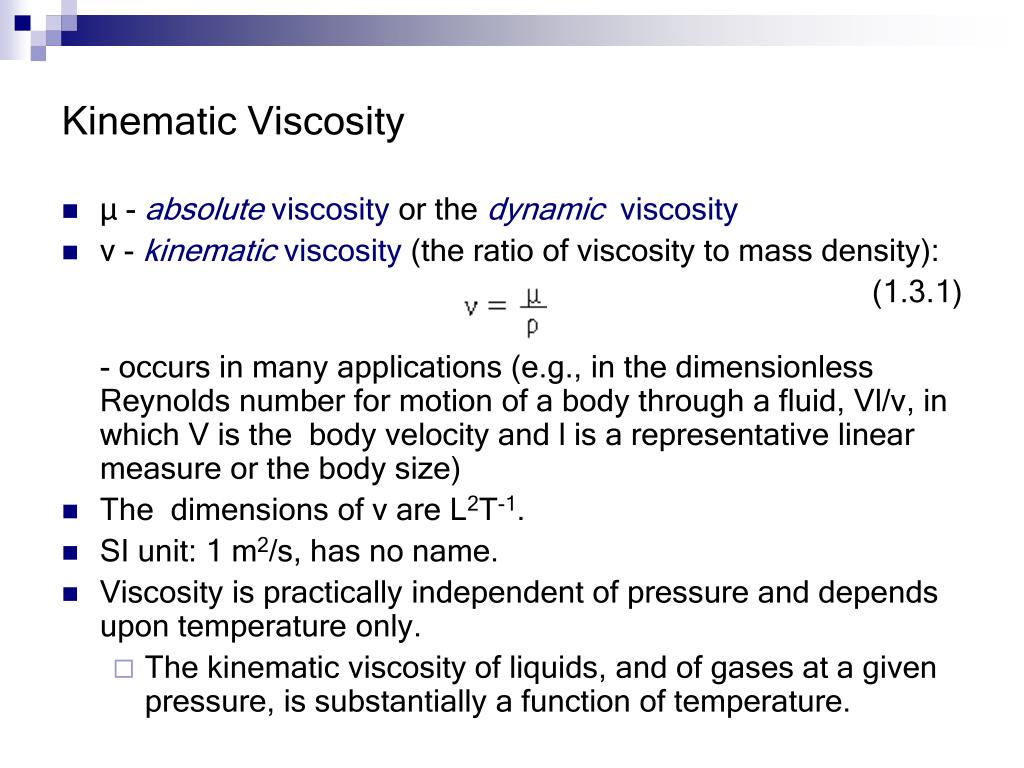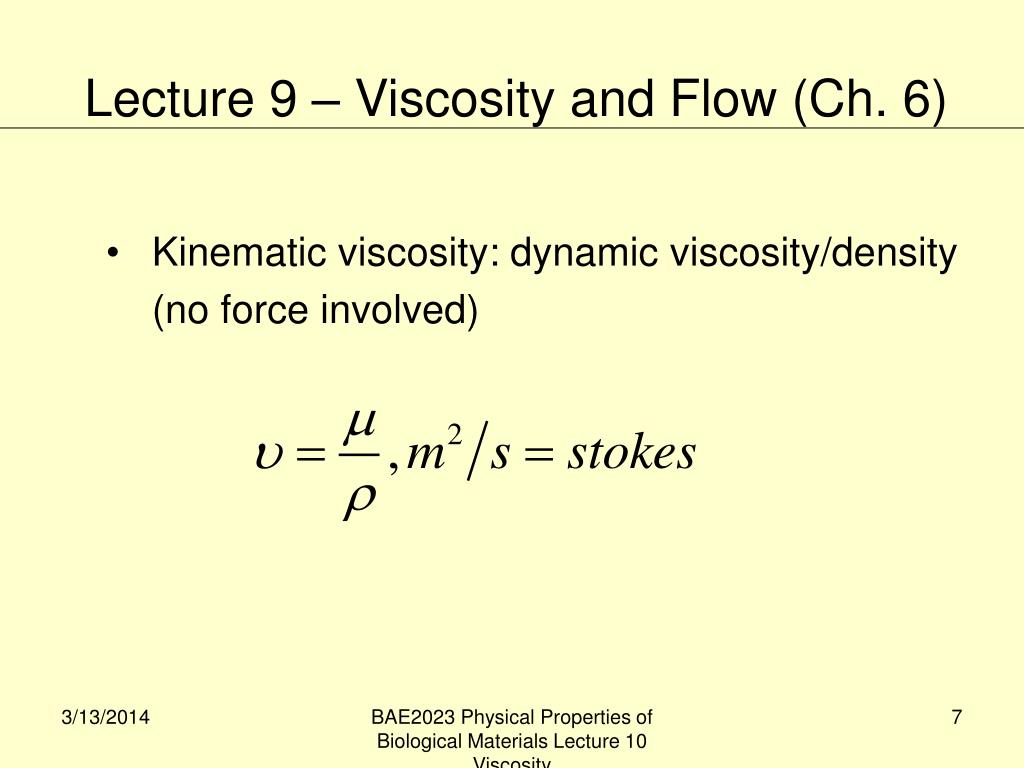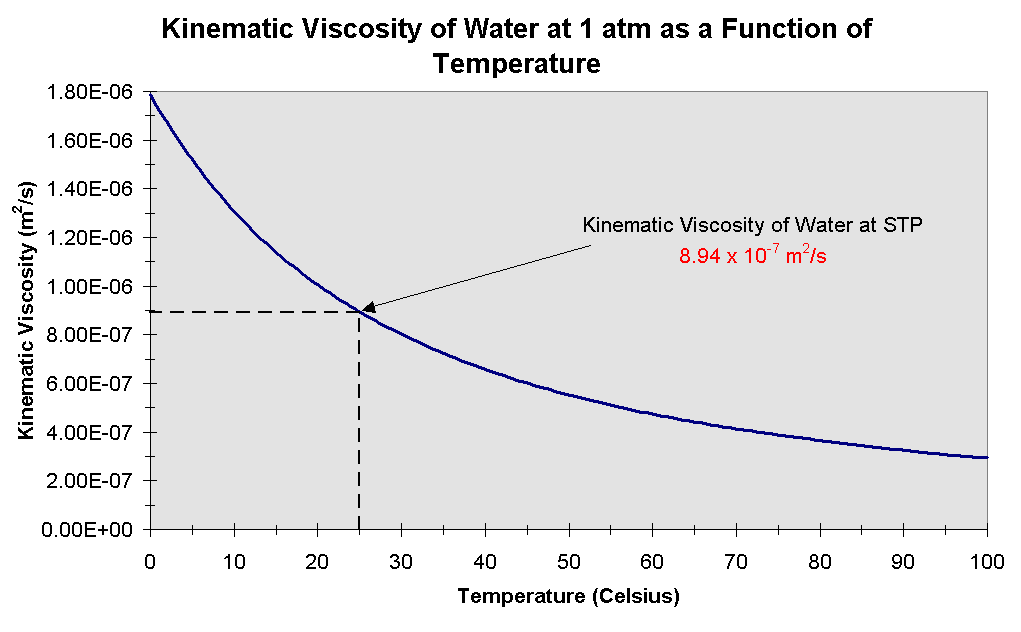

Kinematic viscosity is the ratio of the fluid's dynamic viscosity to the fluid's density.

To learn more about dynamic viscosity, visit our dynamic viscocity page. This stickiness is what keeps a thick liquid from pouring freely. This is the internal resistance of a fluid to itself.Īs a liquid is moved, the different layers of the liquid stick to one another. Most often, when the average person talks about viscosity, they are referring to dynamic viscosity. Let's take a look at their similarities and differences. Your eighth-grade science teacher may not have taught you that there are a few different types of viscosity: dynamic and kinematic. For spindles without known shear rates, it is important to report the unit type and torque, spindle, and speed so that the test can be replicated elsewhere if required.Viscosity refers to the thickness of a liquid. If you are using a spindle that has a known shear rate constant, you can report the shear rate of the test in lieu of the instrument info, spindle, and speed.

In general, it can never hurt to include as much information as possible. This could be used in cases where all measurements are using a controlled test method on the same instrument (such as in a QC test environment), or if the fluid is known and demonstrated to be perfectly Newtonian. If you have less stringent requirements, or don’t need the measurement to be reproducible elsewhere, a simplified reporting style can be implemented such as simply giving the recorded viscosity and the temperature. This allows for the most reproducible results, and adequately captures the exact method used to measure this viscosity. In general, it is good practice to report the measured viscosity, the instrument that was used, the spindle, speed, and temperature. When reporting a viscosity measured using our instruments, it is important to include the appropriate information that may be relevant to your situation. Whatever option you choose, it is important to note the temperature of the fluid along with the viscosity you’ve measured. You can either measure and report the current temperature of the fluid during the test, or you can actively control the temperature of the fluid during the test. There are two ways to deal with temperature in your viscosity measurements. This is similar to non-Newtonian fluids, where some fluids are affected much more or less than others. Some fluids change viscosity based on the forces applied to them, but all fluids change in viscosity to some degree when the temperature of the fluid changes.

Many of our spindles and measurement systems have known shear rate constants associated with them, which allow you to compare measurements of non-Newtonian fluids and characterize their behavior across a range of shear rates. When in doubt, it is always safer to assume your sample is non-Newtonian. Some common examples of non-Newtonian fluids includes mayonnaise, soaps, slurries, and many more. There are many more complicated behaviors, but that is beyond the scope of this article. The two most common behaviors exhibited by non-Newtonian fluids are shear-thinning, where the substance will decrease in viscosity as the shear forces on it increase, or shear-thickening where the viscosity increases as the shear forces on the fluid increase. Fluids can be very mildly non-Newtonian and barely change viscosity over a huge range of forces, or they can be severely non-Newtonian and change from free-flowing fluids to almost solid masses when mild forces are applied. Non-Newtonian fluids - Their apparent viscosity changes depending on the amount of shear applied, or how roughly or gently they are disturbed.


 0 kommentar(er)
0 kommentar(er)
